Tag: Denmark
-
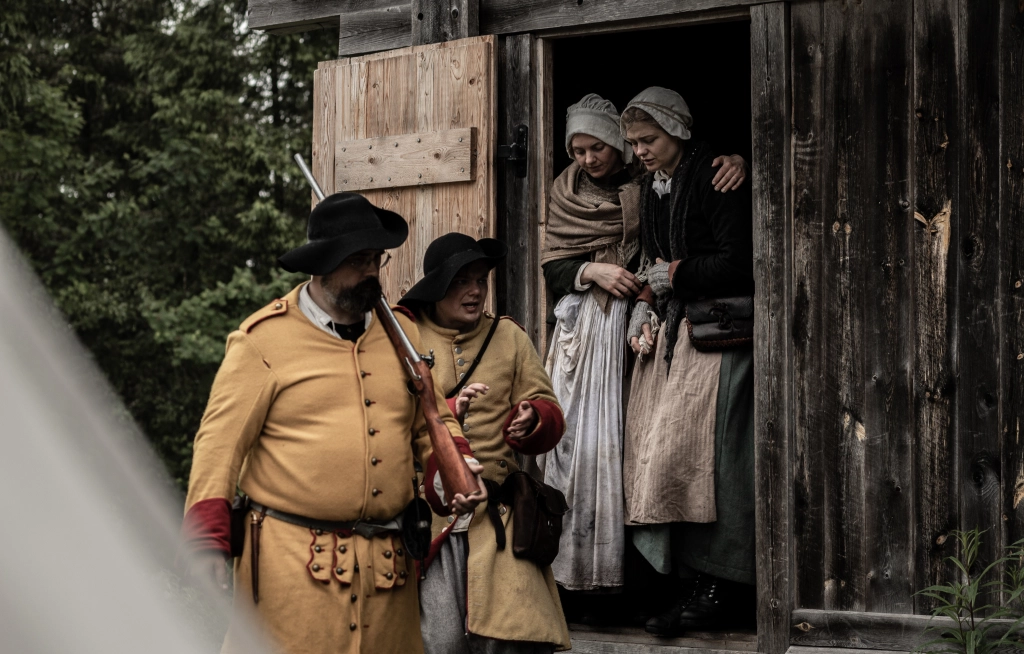
Snapphaneland
I’m back from waging guerrilla warfare from deep in the Swedish woods, desperately trying to keep Scania under the rightful Danish King and not the usurper Swedish crown…
-
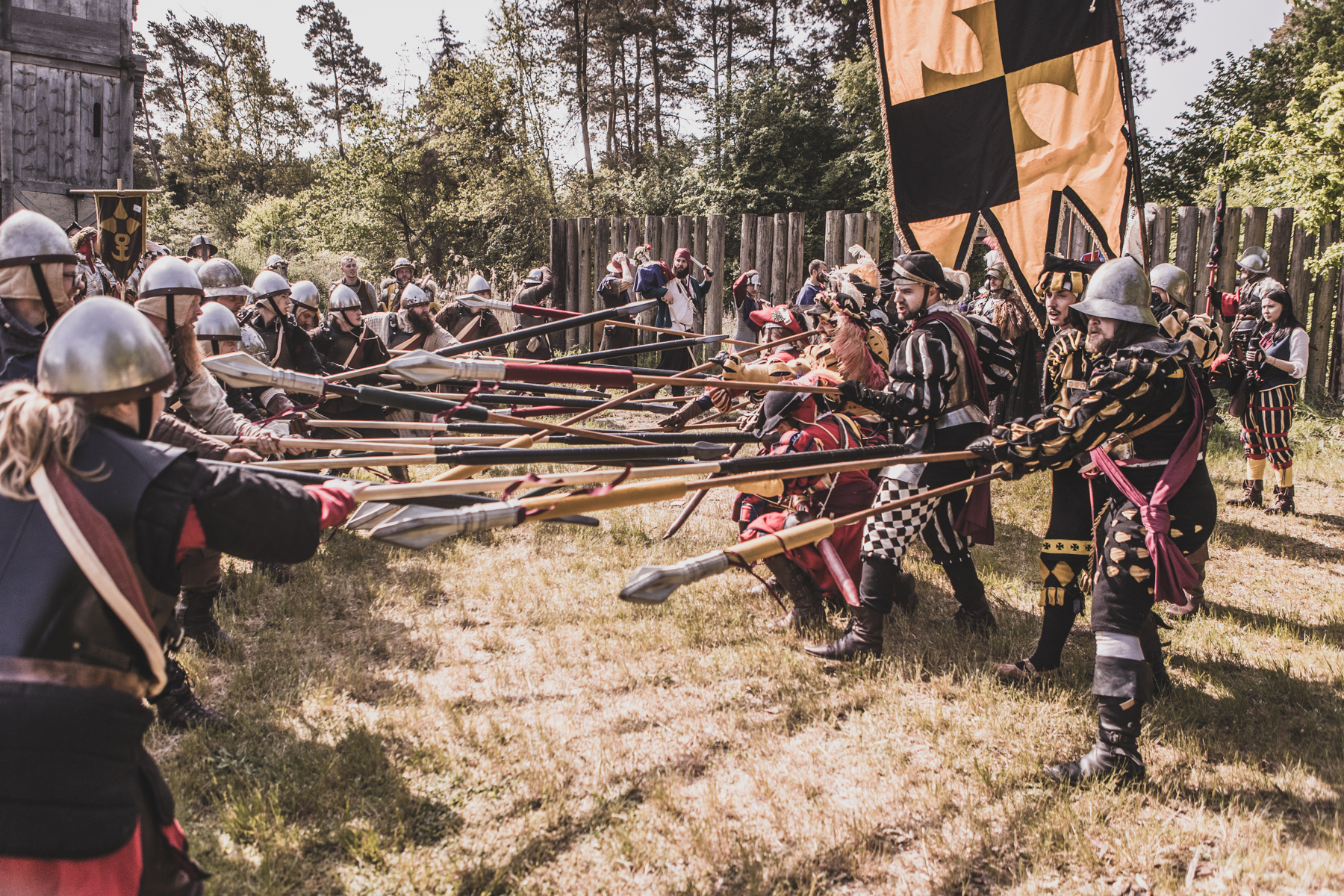
17 Years, 18 Runs, Broken Records – Why Krigslive Just Won’t Quit
An account of the long-established Danish battle larp Krigslive, including thoughts about the most recent and largest-ever event.
-
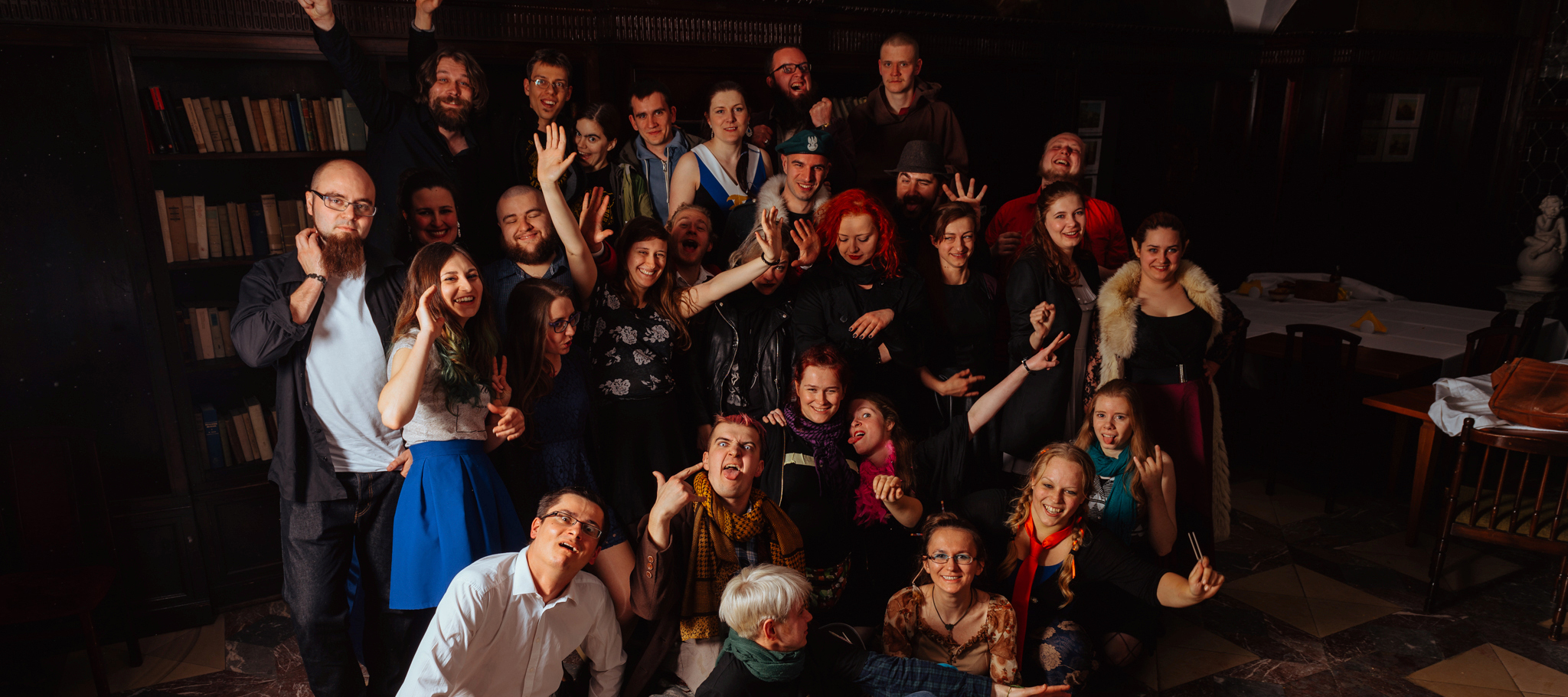
Keeping Volunteers Alive
in
Organising larps is a multi-disciplinary exercis. A large part of my larp work consists of managing large (25+) teams of people, most of them volunteers.
-

SHOWTIME – How a Silly Joke Turned into an Experimental Larp
During a christmas dinner last year Claus Raasted got drunk and played “truth or dare”. He ended up getting dared to announce a larp that same evening.
-

Fairweather Manor: Perspectives from a United States Player
I thought I’d write up a game summary about my experience playing Fairweather Manor, as there seems to be some interest. My background is as an American larper with some-to-moderate larp experience in the American scene, whose first international larp was College of Wizardry earlier this year. Fairweather Manor was set in early 1914, and
-
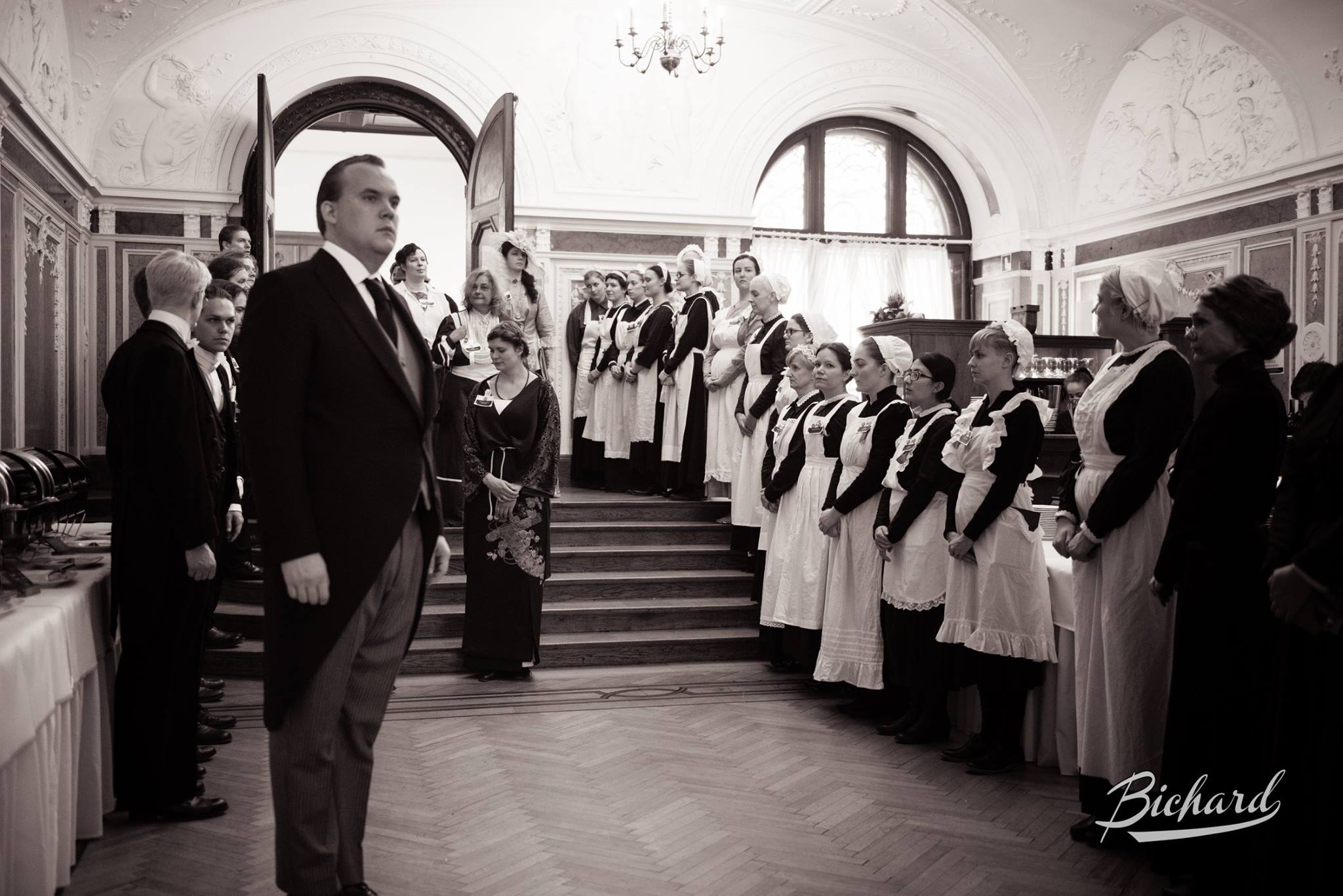
Fairweather Manor – The Latest Iteration of the Blockbuster Formula?
Fairweather Manor is a historically-inspired international larp for 140 whose first run took place in Zamek Moszna, Poland, on the 5-8th of November 2015. It was created by the Liveform/Rollespilsfabrikken team already behind the creation of College of Wizardry. As such, the format, creative team, and overall design of the larp connects Fairweather Manor to…
-
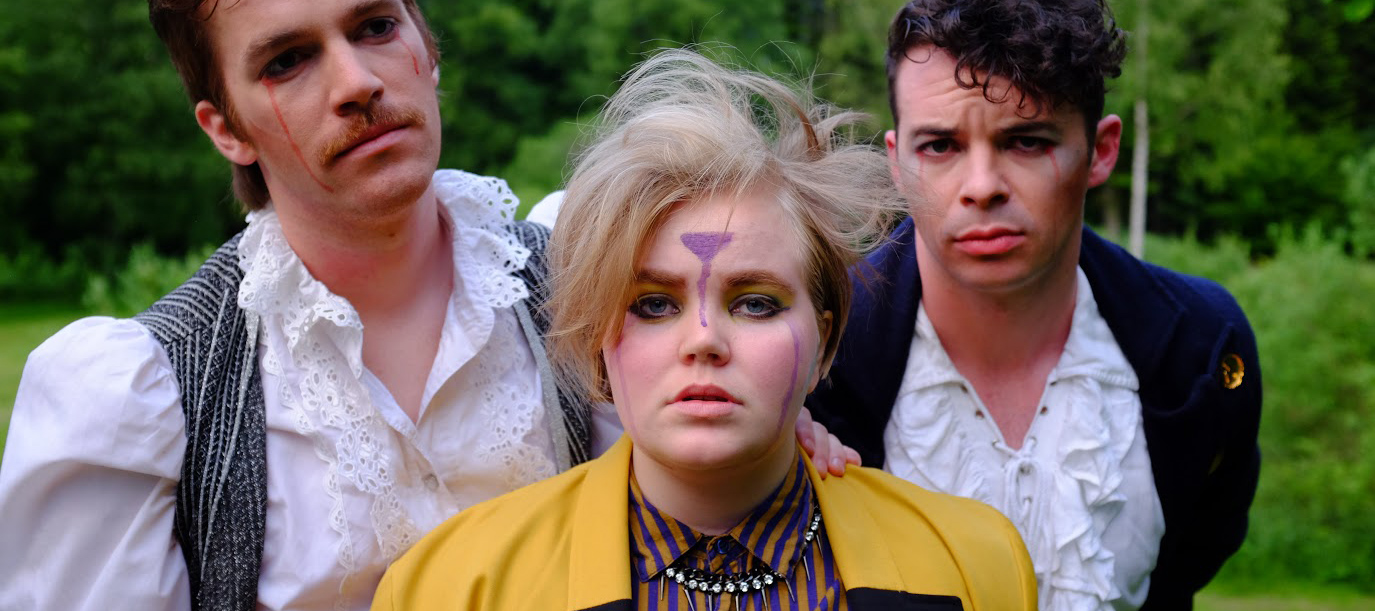
Love, Sex, Death, and Liminality: Ritual in Just a Little Lovin’
in
Just a Little Lovin’ is commonly touted as one of the best Nordic larps ever designed by those who have played it. Originally written in 2011 by Tor Kjetil Edland and Hanne Grasmo, the larp explores the lives of people in alternative sexual and spiritual subcultures during the span of 1982-1984 in New York who…
-
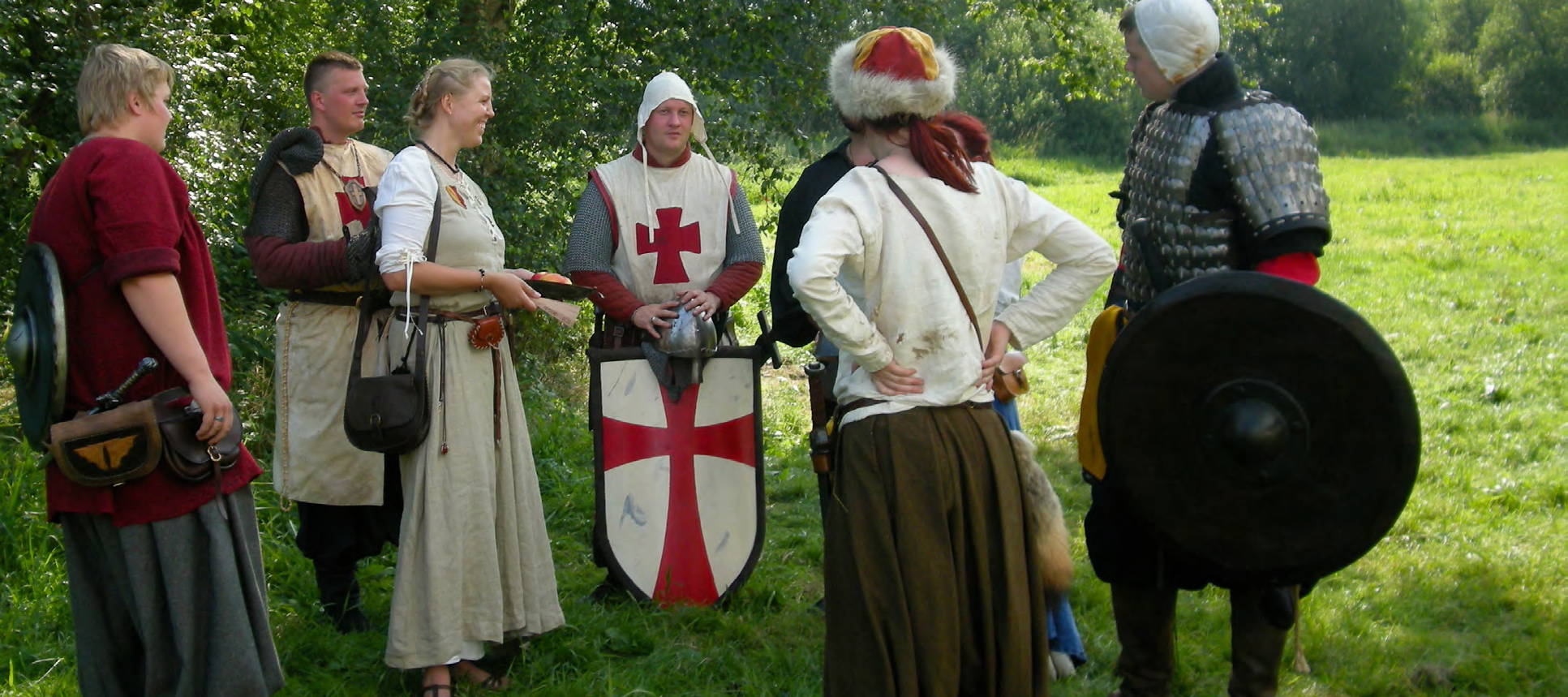
Nemefrego 2014 – Old School Fantasy with New Ideas
Since 1995, the Danish non-profit organization Einherjerne has made one large fantasy larp in the summer with 100-300 participants. Every larp has built on the experiences of the earlier years, with core elements of the larp being a village surrounded by a magical forest inhabited by mythical creatures. This is the Nemefrego larp series, that
-
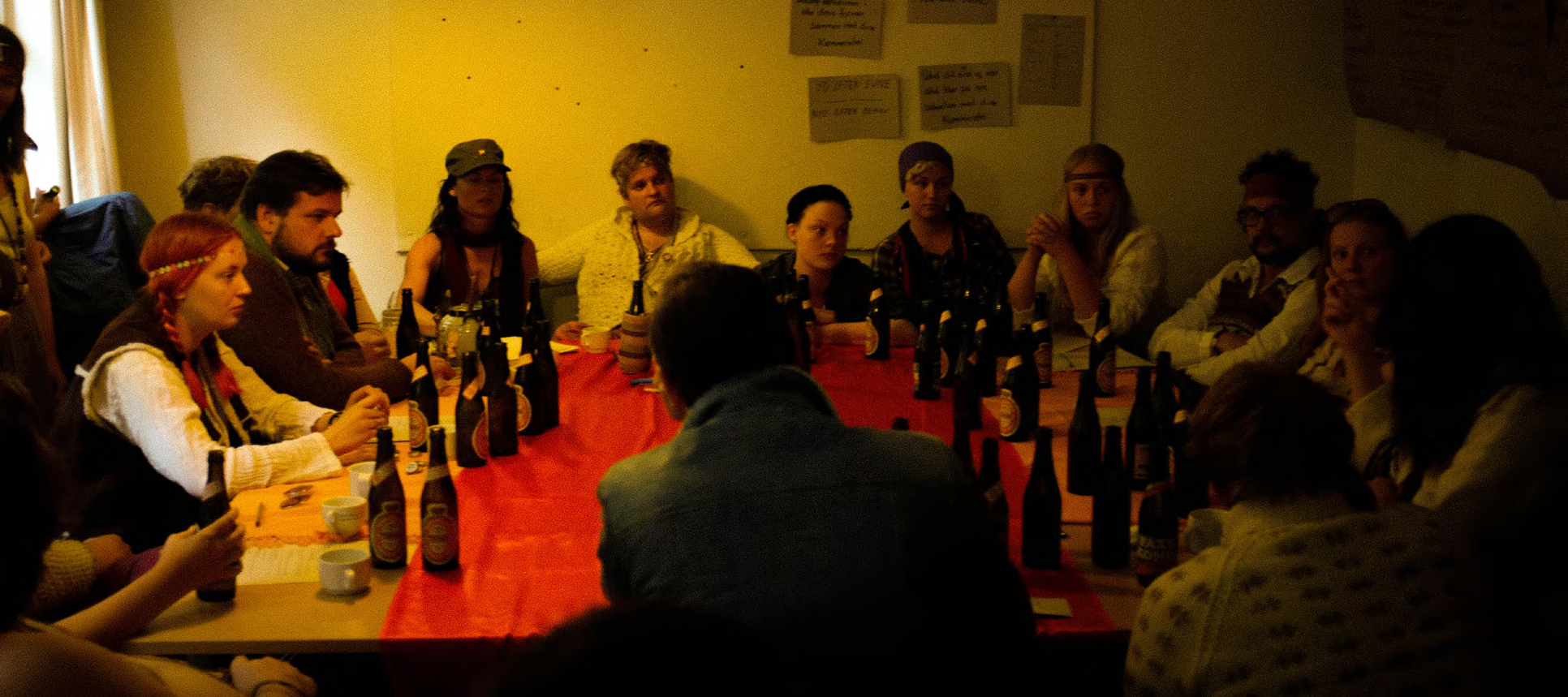
Morgenrøde – A Game at the Dawning of the Age of Aquarius
Morgenrøde (Morning Red) was our take on the Danish hippie movement. Through three acts, 31 players portrayed the peak of the Danish hippie community and their endeavors to establish Denmark’s first grand commune: Morgenrøde – the utopia of their dreams. Spanning the late 60’es and the early 70’es, the game showed the communes rise and
-
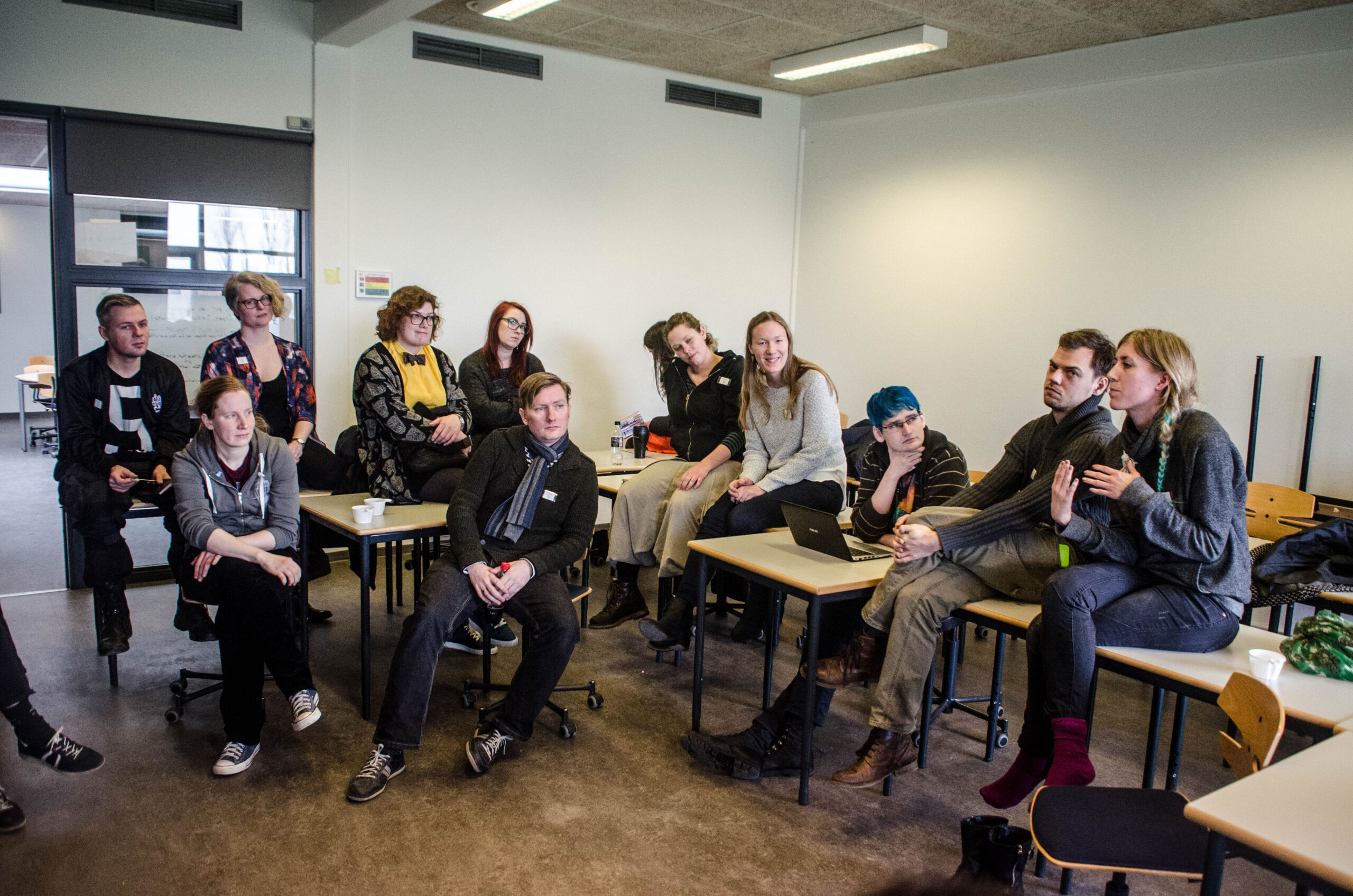
Now That We’ve Walked the Walk – Some New Additions to the Larp Vocabulary
in
Larp is traditionally participatory in nature. Fortunately, there’s been a great introspective and analytical tradition accompanying the continuing push against the ever moving boundaries of what’s possible and what’s been attempted. Yet it seems that our vocabulary has not grown at the same rate as the art form itself. This article will attempt to cover